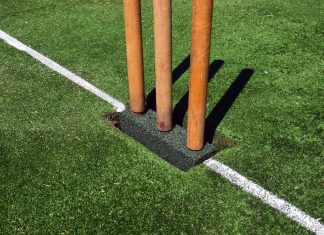PARAMEDICS in the Latrobe Valley are battling to attend emergencies within an hour due to insufficient resources and poor communications, according to the paramedics’ union.
Morwell resident Sally Mafis suffered severe head injuries recently and had to wait 45 minutes, while bleeding from the ear, before an ambulance responded to emergency calls.
The incident follows a recent report of an injured Yallourn Yallourn North Football player who had to wait two and a half hours with a broken leg before he received assistance.
Ambulance Employees Australia, Victoria general secretary Steve McGhie told The Express the Latrobe Valley’s excessive waiting times were due to insufficient resources, ramping times and poor communications.
Mr McGhie suggested an overhaul of the state’s system was needed.
“There needs to be far greater communication and an overhaul on the line of question and allow the call takers to expand their avenue of questioning to receive more information before an ambulance is dispatched,” he said.
He said the State Government election commitment to employ an additional 310 paramedics over four years, was “insufficient”.
“We have an attrition rate of 150 to 160 paramedics a year; the injection of the paramedics won’t match the attrition rate,” Mr McGhie said.
However, he said requests by the union for more resources were “falling on deaf ears”.
“We put in a submission earlier in the year to try and get an urgent injection of 253 paramedics; we got nothing from the State Government budget in regard to our request,” he said.
“Paramedics need improvements within their jobs, they need better wages, employment, better flexibility, better welfare situations.
“The demands on them nowadays is incredible, every segment of their work, they are up against the clock.
Ambulance Victoria Gippsland acting regional manager Mick Stephenson said Ambulance Victoria regularly analysed any increases in demand and reallocated resources to “ensure the best possible coverage”. “We work with government to ensure that the needs of the community are being met and we have a range of resources throughout the Gippsland region which provide urgent emergency support to the community,” Mr Stephenson said.
“When someone calls triple zero, the call-taker will assess the situation and dispatch the appropriate resources to deal with that situation.”
He said Ms Mafis was adequately diagnosed as a non-life threatening condition by the call-taker and Ambulance Victoria’s response was appropriate.
“This means that we don’t use lights and sirens and so it takes us a little longer to reach you,” Mr Stephenson said.
“We aim to reach patients in the shortest possible time frame and will dispatch an emergency ambulance whenever one is required.”










